How to Grow Succulent Gardens in Containers and Terrariums
Succulents are low-maintenance plants that are perfect for container gardening and terrariums. These hardy plants come in a variety of shapes, sizes, and colors, making them an ideal choice for creating visually appealing arrangements. Not only are succulents aesthetically pleasing, but they are also easy to care for and can thrive in a range of growing conditions.
Why Choose Succulents?
Succulents are an excellent choice for container gardening because they have shallow root systems and can grow in small spaces. They also require minimal watering and can tolerate a range of temperatures and light conditions, making them perfect for indoor and outdoor gardens alike.
In addition to their ease of care, succulents are also incredibly versatile. They can be grown in a variety of containers, including terrariums, pots, and hanging baskets. Their unique shapes and textures make them ideal for creating eye-catching arrangements that are sure to impress.
How to Get Started
If you’re new to growing succulents, there are a few things you should keep in mind. First, choose the right container for your plants. Succulents need well-draining soil and a container with drainage holes to prevent root rot. Second, choose the right soil. Succulents require a well-draining soil mix that is specifically formulated for cacti and succulents.
Once you have your container and soil, it’s time to choose your plants. Look for a variety of shapes, sizes, and colors to create an interesting and visually appealing arrangement. Be sure to also consider the light and temperature requirements of each plant when choosing your selection.
With a little bit of planning and care, you can create a beautiful and low-maintenance succulent garden that will thrive in a container or terrarium. So why not give it a try and see for yourself just how easy and rewarding succulent gardening can be?
Choosing the Right Container for Your Succulent Garden
When it comes to growing succulent gardens in containers and terrariums, choosing the right container is crucial for the health and growth of your plants. Here are some factors to consider:
Types of Containers to Use
There are a variety of containers that work well for succulent gardens, including ceramic pots, terra cotta pots, glass containers, and hypertufa troughs. Each type of container has its own benefits and drawbacks, so choose the one that best fits your needs and style.
Size of Containers
The size of your container will depend on the number of plants you want to include in your garden. Keep in mind that succulents prefer to be crowded, so don’t be afraid to plant them close together. However, make sure your container is large enough to allow for proper root growth.
Drainage
Proper drainage is essential for succulent gardens, as these plants are susceptible to root rot. Make sure your container has drainage holes to allow excess water to escape. If your container doesn’t have drainage holes, consider drilling some yourself.
Materials to Avoid
Avoid using containers made of non-porous materials, such as metal or plastic, as they can trap moisture and lead to root rot. Additionally, avoid using containers that have been treated with chemicals or have a glossy finish, as these can be harmful to your plants.
| Container Type | Benefits |
|---|---|
| Ceramic Pots | Durable and come in a variety of colors and designs |
| Terra Cotta Pots | Breathable and affordable |
| Glass Containers | Great for showcasing unique arrangements and allow for easy viewing |
| Hypertufa Troughs | Lightweight and porous, providing excellent drainage |
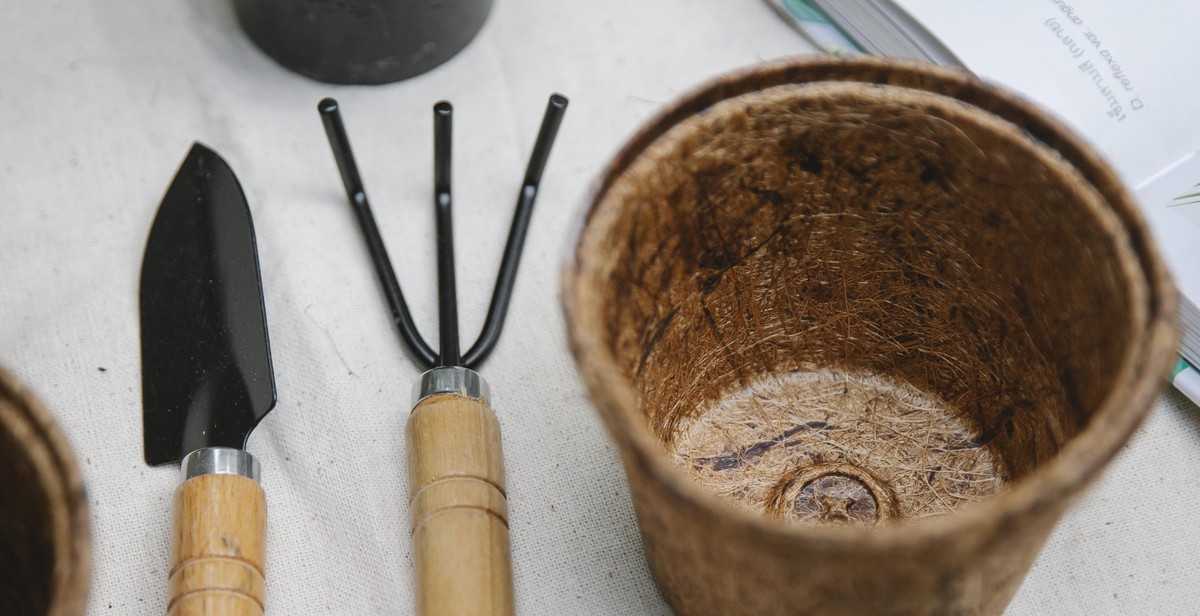
Selecting the Best Soil for Your Succulent Garden
When it comes to growing succulent gardens in containers and terrariums, selecting the right soil is crucial. Succulents require a well-draining soil mix that allows for proper water drainage and aeration. Using the wrong soil mix can lead to root rot and other plant diseases.
Why Soil Matters
The soil is the foundation of any plant’s growth, and succulents are no exception. Succulents have shallow roots that need to be able to breathe, and they require a soil mix that won’t trap moisture. In fact, succulents prefer soil that is dry to the touch. The right soil mix will also provide the necessary nutrients for the succulent to thrive.
Ingredients of Good Succulent Soil
A good succulent soil mix should consist of three main ingredients: sand, perlite, and a well-draining potting mix. The sand and perlite will provide the necessary drainage and aeration, while the potting mix will provide the necessary nutrients. A good ratio to follow is 1:1:1, which means equal parts of each ingredient.
Another important factor to consider when selecting soil for your succulent garden is the pH level. Succulents prefer a slightly acidic soil with a pH level between 6.0 and 7.0. Testing the pH level of your soil mix is easy and can be done with a pH testing kit.
| Ingredients | Measurements |
|---|---|
| Sand | 1 part |
| Perlite | 1 part |
| Well-draining potting mix | 1 part |
By selecting the right soil mix for your succulent garden, you are setting your plants up for success. Remember to always use a well-draining soil mix that provides the necessary nutrients and pH levels for your succulents to thrive.
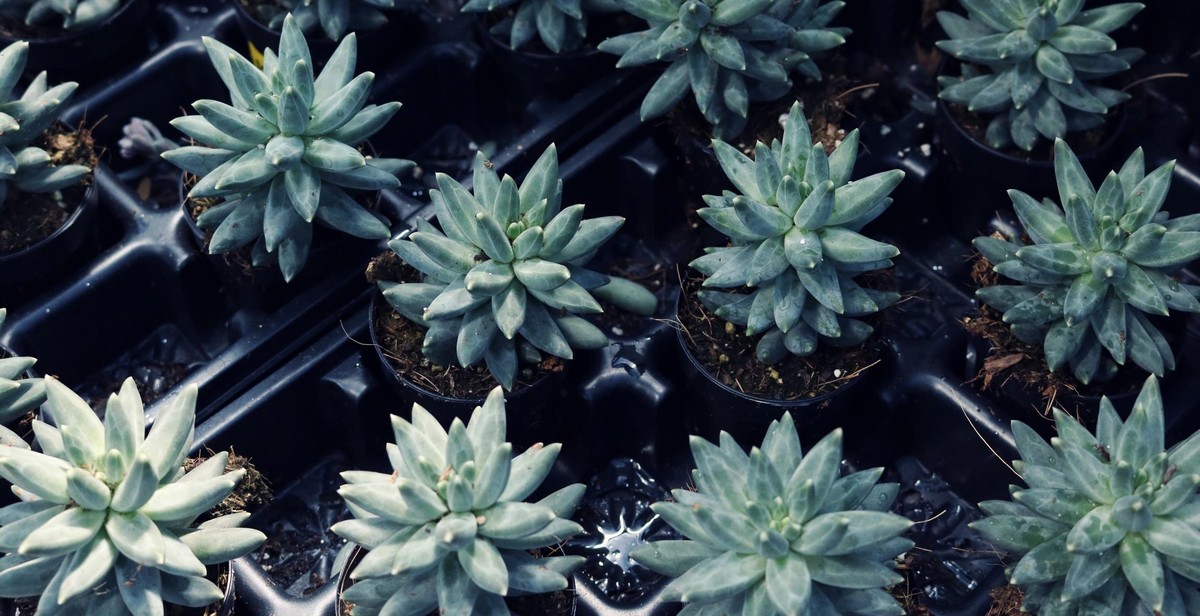
Choosing the Right Succulents for Your Garden
If you’re new to succulent gardening, it can be overwhelming to choose from the wide variety of succulent types available. Here are some tips to help you choose the right succulents for your garden:
Popular Types of Succulents
Some popular types of succulents to consider include:
- Echeveria: These rosette-shaped succulents come in a variety of colors and sizes, making them a popular choice for succulent gardens.
- Sedum: With their low-growing habit and variety of textures, sedums are perfect for groundcovers and rock gardens.
- Haworthia: These small, compact succulents are great for terrariums and indoor gardens.
- Aloe: Aloe plants come in a variety of sizes and shapes and are known for their healing properties.
Compatibility of Succulent Types
When choosing succulents for your garden, it’s important to consider their compatibility. Some succulent types grow well together, while others may not thrive in the same conditions. For example, cacti and other desert succulents require well-draining soil and lots of sunlight, while tropical succulents like hoya and bromeliads prefer more moisture and shaded conditions.
Color and Texture Considerations
Another factor to consider when choosing succulents is their color and texture. Succulents come in a wide range of colors, from greens and blues to pinks and purples, and their unique textures can add interest to your garden. Consider pairing smooth, round-shaped succulents with spiky, textured ones for a visually appealing display.
| Succulent Type | Light Requirements | Watering Needs |
|---|---|---|
| Echeveria | Full sun to partial shade | Low to moderate |
| Sedum | Full sun | Low |
| Haworthia | Bright, indirect light | Low to moderate |
| Aloe | Full sun to partial shade | Low to moderate |
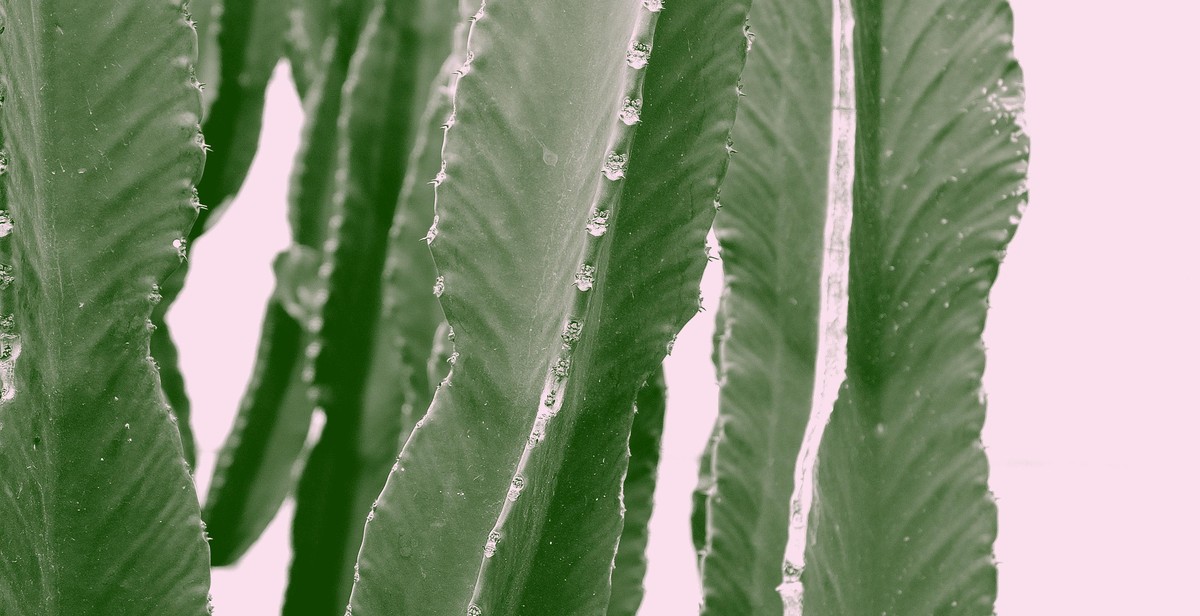
Planting Your Succulent Garden
Planting your succulent garden can be a fun and rewarding experience. To ensure your plants thrive, there are a few key steps to follow during the preparation, arrangement, and potting stages.
Preparation
Before planting your succulent garden, it’s important to select the right container or terrarium. Look for a container with drainage holes and choose a size that will allow your plants to grow and spread comfortably.
Next, choose a high-quality succulent potting mix that is well-draining and contains a mix of sand, perlite, and peat moss. If you’re using a terrarium, you may want to add a layer of gravel or activated charcoal at the bottom to help with drainage.
Arrangement
When arranging your succulent garden, consider the size, shape, and color of your plants. Choose a variety of plants that complement each other and arrange them in a way that allows each plant to have enough space to grow.
Consider adding decorative elements such as rocks, moss, or driftwood to create visual interest and texture in your garden.
Potting
When potting your succulents, make sure to gently remove them from their original containers and loosen any tangled roots. Place the plants in the container or terrarium and add potting mix around the roots, gently pressing it down to secure the plants in place.
Water your succulent garden thoroughly after potting and allow the soil to dry out completely before watering again.
With these tips, you’ll be able to create a beautiful and thriving succulent garden in no time!
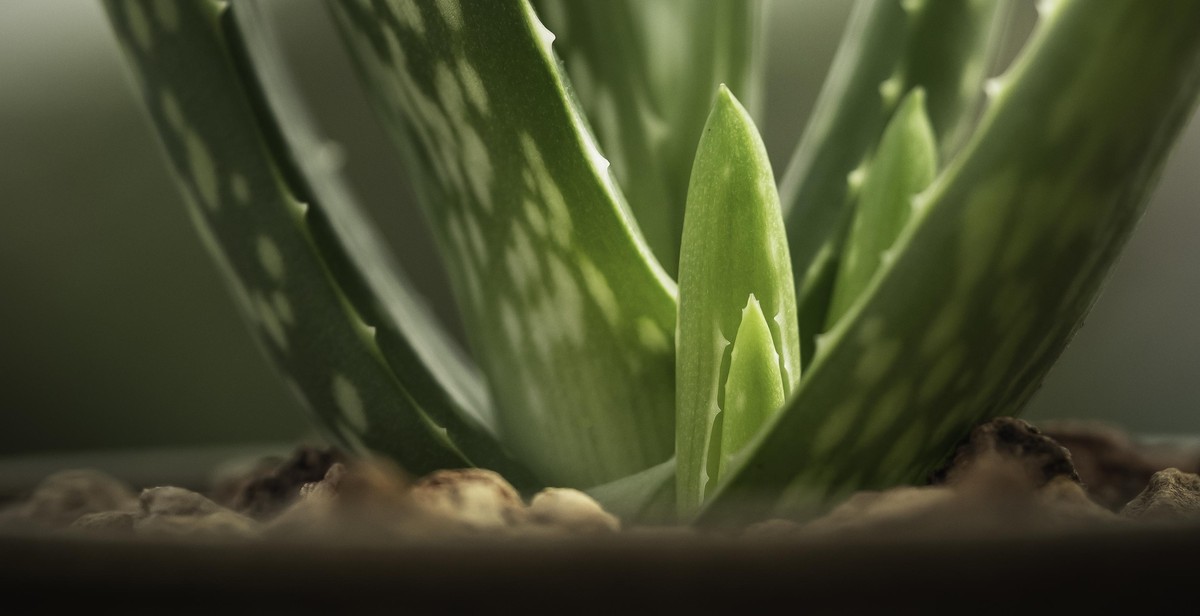
Caring for Your Succulent Garden
Succulents are known for their easy-to-care nature, but they still need some level of attention to thrive. Here are some tips to help you care for your succulent garden:
Watering
One of the most important things to keep in mind when watering your succulent garden is to avoid overwatering. Succulents are adapted to arid conditions and can store water in their leaves and stems. Therefore, they do not need to be watered frequently. Water your succulent garden only when the soil is completely dry.
Lighting
Succulents thrive in bright, indirect light. Place your succulent garden in a spot that receives at least 6 hours of sunlight each day. Too much direct sunlight can cause sunburn and damage to the leaves.
Fertilizing
While succulents do not require frequent fertilization, they still need some nutrients to grow healthy. Use a balanced, water-soluble fertilizer once a month during the growing season (spring and summer). Avoid fertilizing during the dormant season (fall and winter).
Trimming and Pruning
Regular trimming and pruning help to keep your succulent garden looking neat and healthy. Remove any dead or damaged leaves and stems as soon as you notice them. This helps to prevent the spread of diseases and pests. You can also pinch back the tips of the stems to encourage bushier growth.
By following these simple tips, you can keep your succulent garden looking healthy and beautiful for years to come.
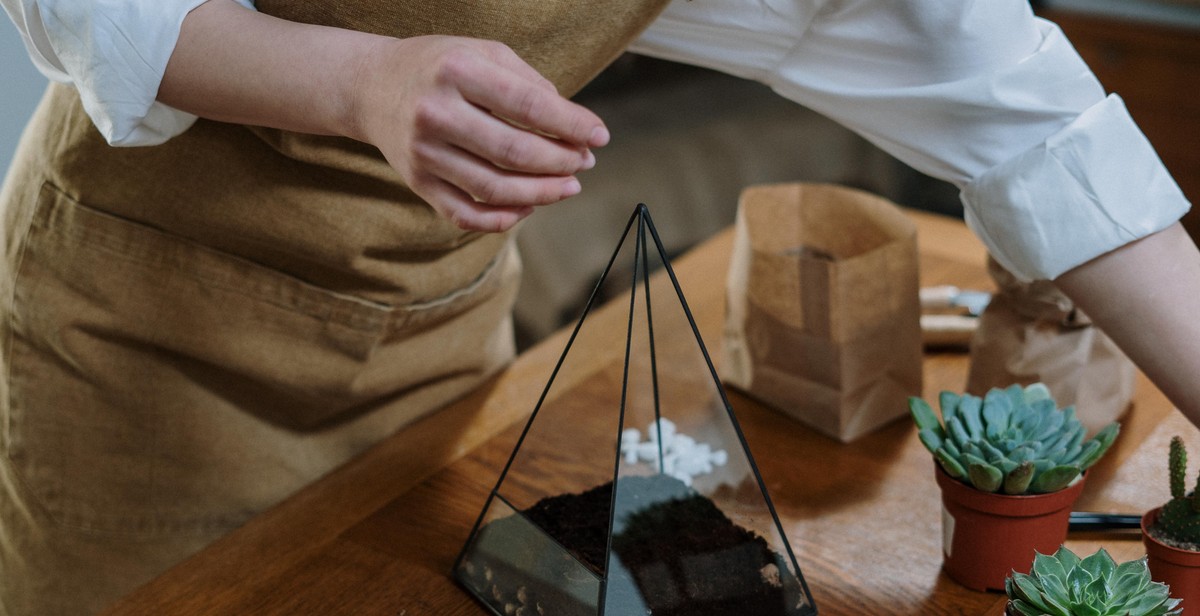
Creating a Beautiful Terrarium with Succulents
Succulent terrariums are a great way to bring some greenery into your home or office space. They are low-maintenance and can be easily customized to fit your personal style. Here are some tips for creating a beautiful succulent terrarium:
Choosing the Right Container
The container you choose for your succulent terrarium is important as it will determine the overall aesthetic of your display. You can use anything from a glass jar to a ceramic pot, but make sure it has proper drainage holes to prevent root rot. Also, consider the size of the container in relation to the number of succulents you plan to include.
Selecting Your Succulents
When selecting succulents for your terrarium, choose plants that have similar care requirements and growth habits. This will ensure that they thrive in the same environment and don’t outgrow each other. Some popular succulent options include Echeveria, Haworthia, and Aloe Vera.
Adding Your Layers
Layering is an important aspect of creating a successful succulent terrarium. Start with a layer of gravel or rocks at the bottom of your container to aid in drainage. Then add a layer of activated charcoal to prevent bacteria build-up. Finally, add a layer of succulent soil mix.
Decorating Your Terrarium
Now comes the fun part – decorating your terrarium! You can add decorative rocks, sand, or moss to create texture and interest. Consider adding small figurines or other decorative items to personalize your display. Just be careful not to overcrowd your plants.
| Materials: | Tools: |
|---|---|
| Glass jar or ceramic pot | Gloves |
| Succulent soil mix | Tweezers |
| Gravel or rocks | Activated charcoal |
| Succulent plants | Decorative items |
Follow these simple steps to create a beautiful succulent terrarium that will brighten up any space. Just remember to give your plants proper care and attention to keep them healthy and thriving.
Conclusion
Creating a succulent garden in containers and terrariums is an excellent way to add some greenery to your home or office. With the right tools, knowledge, and care, you can create a beautiful and low-maintenance garden that will thrive for years to come.
Key Takeaways
- Choose the right container and soil for your succulents.
- Provide adequate light and water, but be careful not to overwater.
- Use a variety of succulent species to create a visually appealing garden.
- Experiment with different arrangements and designs to create a unique garden.
Benefits of Growing Succulent Gardens in Containers and Terrariums
Growing succulent gardens in containers and terrariums has several benefits, including:
- Low maintenance: Succulents require minimal care and attention, making them ideal for busy individuals or those new to gardening.
- Indoor/outdoor versatility: Succulent gardens can be grown both indoors and outdoors, making them a versatile option for any space.
- Visual appeal: With their unique shapes, colors, and textures, succulents add visual interest to any room or garden.
- Air purification: Succulents have been shown to purify the air by removing toxins and pollutants.
Final Thoughts
Whether you’re a seasoned gardener or just starting out, growing succulent gardens in containers and terrariums is a fun and rewarding experience. With a little bit of creativity and care, you can create a beautiful and unique garden that will bring joy and relaxation to your life.
|
Succulent garden in a container |
Succulent terrarium |
